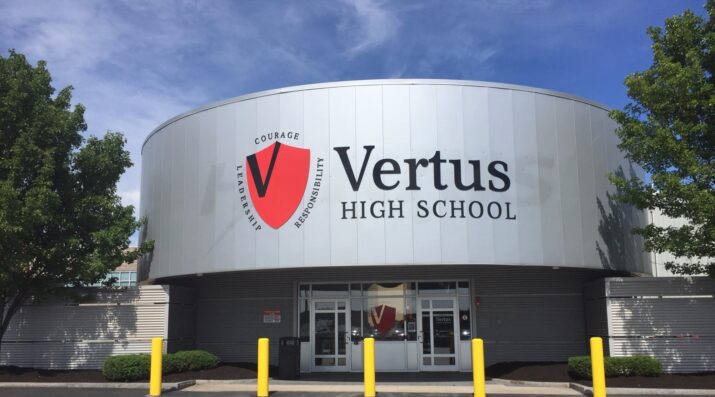Breakthrough Schools D.C. Round 3 Grantees
16 schools reimagining for more personalized and deeper learning ...

We’ve all had the experience of truly purposeful, authentic learning and know how valuable it is. Educators are taking the best of what we know about learning, student support, effective instruction, and interpersonal skill-building to completely reimagine schools so that students experience that kind of purposeful learning all day, every day.
School: Vertus Charter School
Grades Served: 9-12
Location: Rochester, NY
Operator: Vertus Charter School
Operator Type: Charter
Setting: Urban
Students at Start: 96
Students at Capacity: 384
Blended Model Type: Lab Rotation
Key Features: Competency-Based Learning, Next Generation Staffing Model, Social-Emotional Development, Career Readiness
The Operator:
Vertus is a career prep high school serving boys in Rochester, New York, who otherwise would face high odds of dropping out, violence, unemployment, and prison. The student body is largely African American and Latino from low-income families. Rochester has the country’s lowest high school graduation rate for minority boys, graduating less than 9 percent of African American and less than 10 percent of Latino boys. Vertus is designed to meet the needs of these young men. The school’s mission is to prepare leaders of character for the community and the workplace. Its core values are courage, leadership and responsibility.
The Academic Model:
Application Deck
The Organizational Model: